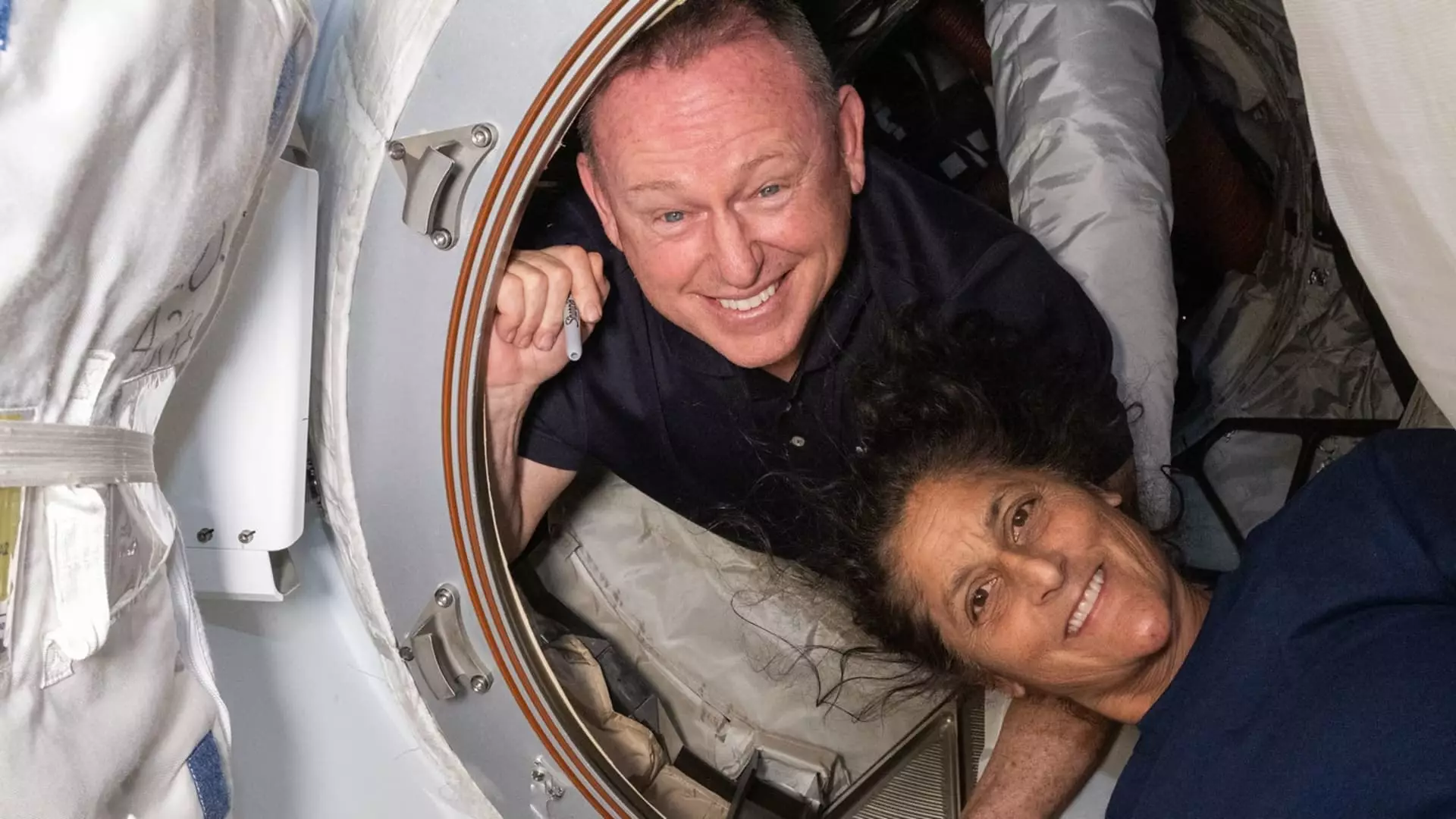In an astonishing turn of events, NASA astronauts Butch Wilmore and Suni Williams have finally begun their return journey after an unprecedented nine-month stay aboard the International Space Station (ISS). Originally intended as a straightforward nine-day mission aboard Boeing’s Starliner capsule, dubbed “Calypso,” the astronauts found themselves marooned in a complicating saga fueled by technical glitches and corporate miscalculations. This situation raises eyebrow-raising questions about the future of U.S. crewed spaceflight and the dependencies that NASA has developed with major aerospace players.
Technical Failures and Corporate Consequences
The centerpiece of the debacle lies with Boeing’s Starliner, a spacecraft that had everything to prove but ultimately delivered nothing but disappointment. The capsule’s thrusters malfunctioned during a critical docking procedure, rendering it unfit for the return flight. This situation underscores a major flaw not just in Boeing’s design, but in the reliability of the entire commercial space endeavor. Astronauts Wilmore and Williams were forced into a holding pattern, engaged in their routine of scientific experimentation to contribute to research, yet risking their lives in a spacecraft that had already failed its test flight on multiple fronts. Boeing’s substantial loss of over $2 billion on the Starliner project adds another layer of scrutiny, indicating that financial loss could impact their future capabilities and, in turn, the safety of astronauts.
Governmental Oversight and Political Intricacies
The saga doesn’t end with technical malfunctions. As soon as President Trump entered office, the narrative shifted dramatically. Allegations arose suggesting that Wilmore and Williams were “stranded” by a supposedly indifferent Biden administration, along with claims that political motivations influenced the delays. This political meddling only adds to the chaos; the fabric of space exploration—ideally a neutral arena—became tangled in partisan warfare. This intersection of politics and science can undermine public confidence in NASA’s operations. The image of astronauts trapped in a bureaucratic tug-of-war is disturbing; they should be seen as heroes of human achievement, yet are becoming pawns in governmental theatrics.
Commercial Spaceflight: A Double-Edged Sword
The capability of having multiple private enterprises like Boeing and SpaceX competing to service the ISS can be beneficial, yet this recent fiasco risks tarnishing that paradigm. Instead of an efficient handover between rotating crew for missions, what we witnessed was an unsettling scramble to find alternative solutions. NASA’s decision to prioritize astronauts returning on a SpaceX Dragon capsule over their original Boeing vehicle speaks volumes about the shaky faith in Boeing’s competence. Can a system genuinely thrive when one of its primary players is visibly floundering? Furthermore, with the increased dependence on SpaceX—a company seemingly adept at launch logistics and technical reliability—the long-term implications risk consolidating too much power in one entity, a move that, although practical now, could become perilous in the years to come.
Enduring the Uncertainty of Space Travel
Amid the chaos, Wilmore and Williams, both seasoned astronauts, maintained their composure, all while becoming entangled in a narrative that is beyond their control. Williams has been remarkably candid about not feeling “abandoned” during their extended stay, a sentiment that further signifies the professional attitude astronauts must adopt, even when the system around them is faltering. The dedication required for such missions is immense; yet one cannot help but wonder about the psychological toll such an experience inflicts when their very safety hangs in the balance of corporate accountability and governmental oversight.
A Call to Restructure the Future
Above all, the story of astronauts Wilmore and Williams serves as a wake-up call for the future of commercial spaceflight. As the line between government and private enterprise blurs, so too does the path forward for human endeavors in space. We need to reconsider who is ultimately accountable for these complicated missions and ensure that astronauts are always positioned above political controversies and corporate inefficiencies. If the goal is to pioneer the final frontier, then we must do so with a framework that prioritizes safety, transparency, and precision—a framework currently at great risk of collapse amidst an ocean of corporate mismanagement and political entanglements.


Leave a Reply